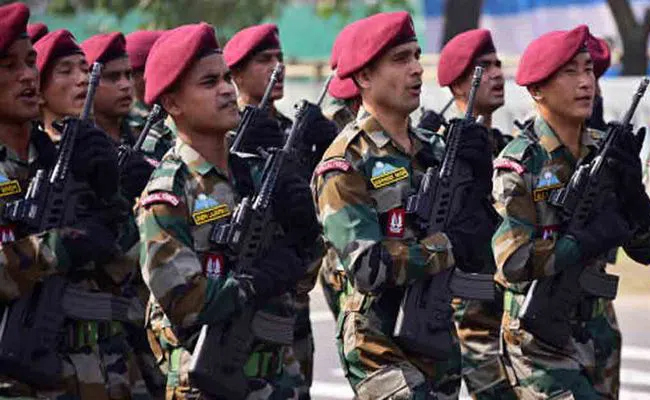
India News

India is reeling from the recent terrorist attack in Pahalgam, which occurred three days ago and claimed the lives of 26 innocent civilians. The brutality of the attack has stirred a strong wave of anger and a desire for retaliation. India is already stepping up diplomatic pressure on Pakistan, which is accused of harboring terrorism. As part of this, India has suspended the Indus Waters Treaty to economically isolate Pakistan in the long run.
Determined not to let the perpetrators go unpunished, India is considering a strong response. The government is maintaining secrecy over any planned military action, but experts suggest India has four potential military options. Here's a look at those options:
1. Deploying Rafale and Mirage Fighter Jets
India's Air Force possesses state-of-the-art Rafale and Mirage fighter jets. These can be used to carry out precision strikes on key terror infrastructure across the border in Pakistan. However, India must ensure that such action doesn’t escalate into a full-blown conflict like the post-Balakot situation. While the jets are capable of penetrating enemy defenses, this option could attract significant international pressure.
2. Crossing the Line of Control (LoC)
With Pakistan recently threatening to abandon the Simla Agreement, it implies they may no longer recognize the LoC. This opens the possibility for India to launch aggressive cross-border operations. India could cite recent ceasefire violations by Pakistan as justification and target terrorist camps. However, the rugged terrain and strong Pakistani military presence could pose serious operational challenges.
3. Surgical Strikes on Major Targets
Conducting surgical strikes on high-value terrorist targets is another option. However, with Pakistan on high alert, executing such missions would be more complex now than in the past. Real-time intelligence, well-trained forces, and flawless planning would be essential for success.
4. Sniper and Artillery Fire
The final option involves targeted attacks using sniper rifles, heavy machine guns, and mortars. This low-escalation strategy could help India hit enemy posts, supply routes, and terror camps near the LoC without inviting a large-scale confrontation. But such limited strikes may not have a major strategic impact—only a bigger military operation could yield significant results.
Advertisment